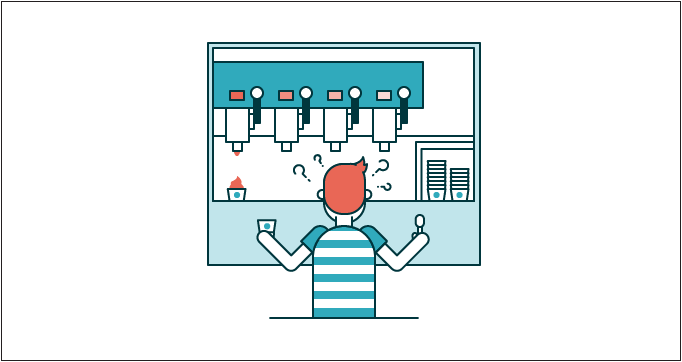Article • 2 min read
Tap into the right self-service analytics to measure success
By Tara Ramroop
Last updated March 13, 2018
You know that self-service helps scale support operations, and that self-assist user portals keep customers happy, too. Maybe you’ve already rolled out a self-service platform and incorporated workflows to keep it dynamic and useful, and you’re seeing glimmers of impact on your support team and teams across your organisation.
Still, you don’t know where you’re going if you don’t know where you’ve been. If your knowledge management platform is in its early days of rollout and you don’t have the insights into how self-service is moving the needle on customer support, let metrics be your guide as you plan for the future.
In other words, it’s time to turn those hopeful glimmers into business intelligence (BI) with the magic of measurement and analytics. By paying attention to the right self-service metrics, you can identify strengths, as well as opportunities to course-correct, as the platform is further integrated into your support infrastructure.
The challenge is knowing what to measure and when, which depends on a number of variables. Furthermore, your take on your analytics could change depending on what phase of your business you’re in. Thankfully, there are some universal, big-ticket priorities that self-service platforms have proven to impact, and metrics to track that fall under each of them. For example, self-service can assist scaling businesses in three key areas:
Building community and relationships
Improving customer experience
Streamlining internal operations
Building community and relationships
User engagement with self-service content (or the lack thereof) is helpful data about your customer base. Take Canva, a web-based graphic design tool, for example. Its knowledge management platform allows customers to suggest features directly from the knowledge base: a creative and effective way to close the feedback loop (and a way to stay up on the latest technology).
Improving customer experience
The people have spoken: 90% of consumers expect a brand to offer a self-service portal. As long as it’s easy to access and features user-friendly navigation, consumers will have a far better experience helping themselves with simple issues.
Streamlining internal operations
Spoiler alert: Smaller ticket volume is just one piece of the self-service analytics puzzle. A host of other metrics speak directly to agent experience and overall team efficiency, for example.
Take the quiz to learn what you should be focusing on—and what you might want to plan for in the future—on the path to self-service success.
